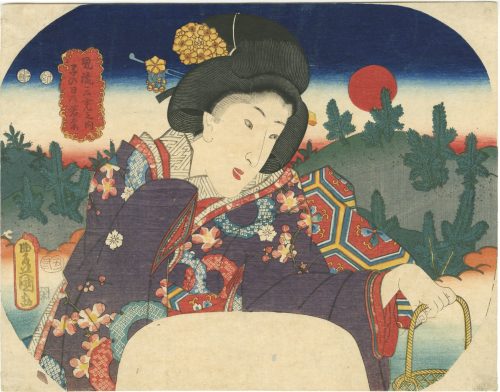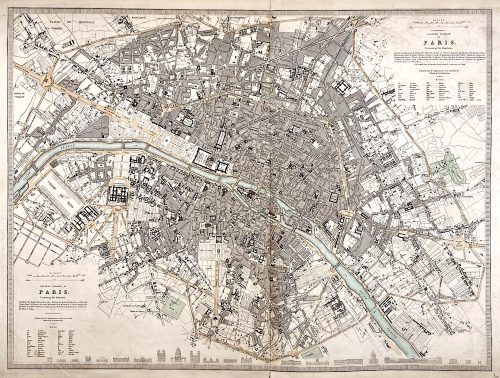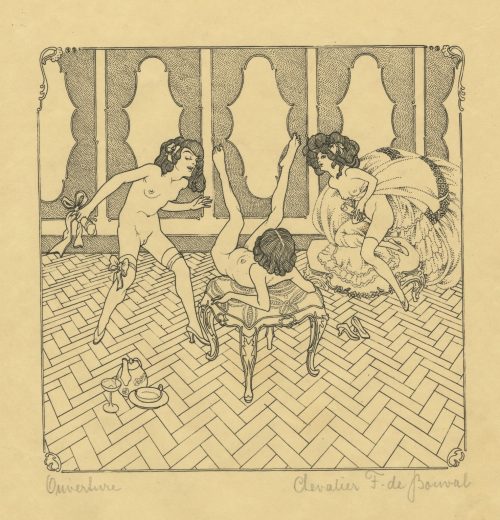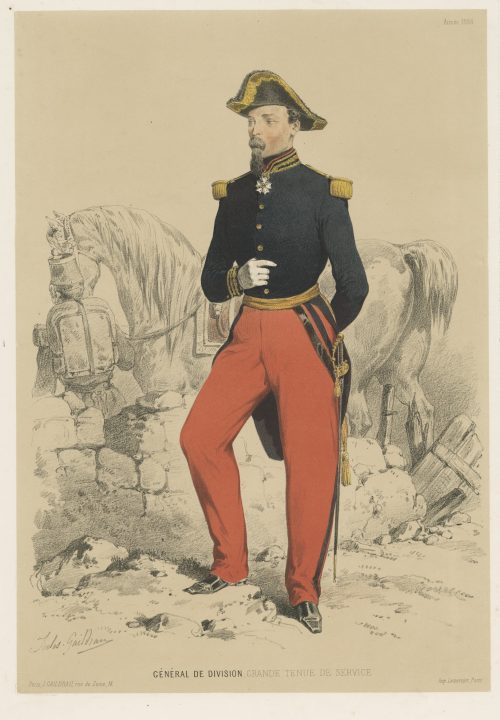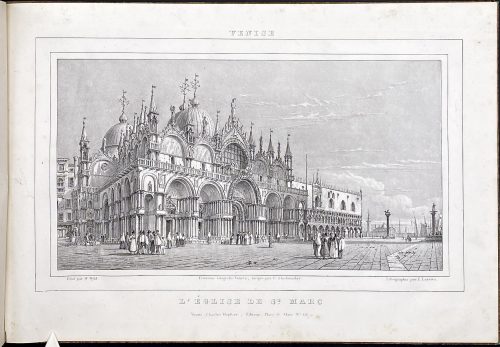An uncut fan print shows a young woman holding a basket on a landscape background with hills and pines under a rising sun.
Haruo Shirane: "Under the luni-solar calendar, the New Year coincided with the beginning of spring, making it the most important observance of the year for the aristocracy. In the Heian period, New Year ceremonies extended from New Year’s Day (
Ganjitsu) to the Day of the Rat (
Nenohi), which usually fell on the seventh day of the First Month, when courtiers went out to the fields (
no), pulled up small pines, and gathered new herbs (
wakana) as a prayer for long life. This ritual gradually spread to the provinces and to commoners, eventually resulting in the New Year practice of the gate pine (
kadomatsu), in which a pair of small pines was placed at the gate of a house. A popular Heian-period painting topic representing the First Month was “prayers on the Day of the Rat” (
Nenohi no asobi), which depicted the auspicious scene of pulling up small pines in a spring field. Both young herbs and gathering young herbs, particularly at Kasuga Field, became major poetic topics for the First Month, appearing in both the spring and celebration (
ga) books of the Kokinshū (Collection of Japanese Poems Old and New, ca. 905). By the Kamakura period, the observance of the Day of the Rat had been abandoned at the imperial court, but the custom of gathering and eating young greens continued as the annual ceremony known as the Seven Grasses (
Nanakusa).
Note: The Heian-period ritual of pulling up the roots of small pines (
komatsu ) on
the first Day of the Rat derives from the homonyms
ne (rat) and
ne (root). Pulling up roots was auspicious, since it implied lengthening the year. The rising sun (
hinode) was considered an auspicious sight, particularly at the beginning of the year". [
Haruo Shirane, Japan and the Culture of the Four Seasons. Nature, Literature, and the Arts. — Columbia University, NY, 2012].
Title: Gathering of the young herbs on the Day of the Rat [子の日乃若菜] (
Nenohi no wakana).
Series: Three elegant sources of light [風流三光の内] (
fūryū sankō no uchi); meaning the sun, the moon and the stars).
Artist: Utagawa Kunisada [歌川 国貞]; a.k.a. Utagawa Toyokuni III [三代歌川豊国] (Japanese, 1786 – 1865).
Signed:
Toyokuni ga [豊国 画] in a yellow toshidama cartouche.
Publisher’s seal: Izuzen (Marks: seal 06-029 | U103b)
Date and double nanushi censor seals: Mera and Watanabe, Kaei 6 (1853).
A similar theme can be found in Kunisadai's triptych published in about 1844 (
HARA SHOBO):

豊国三代「豊歳子日若菜摘ノ図」


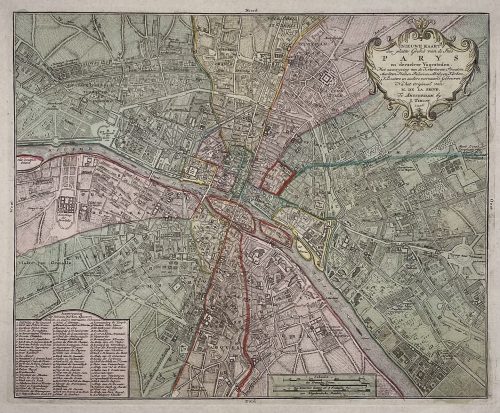


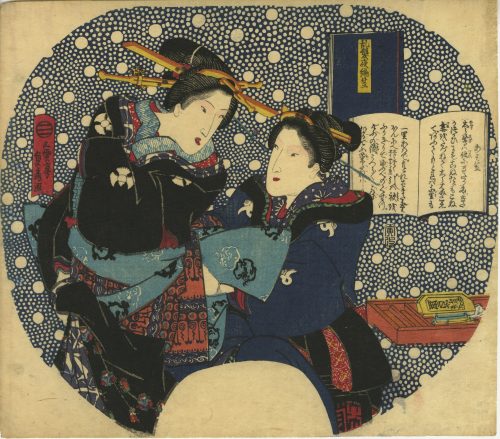





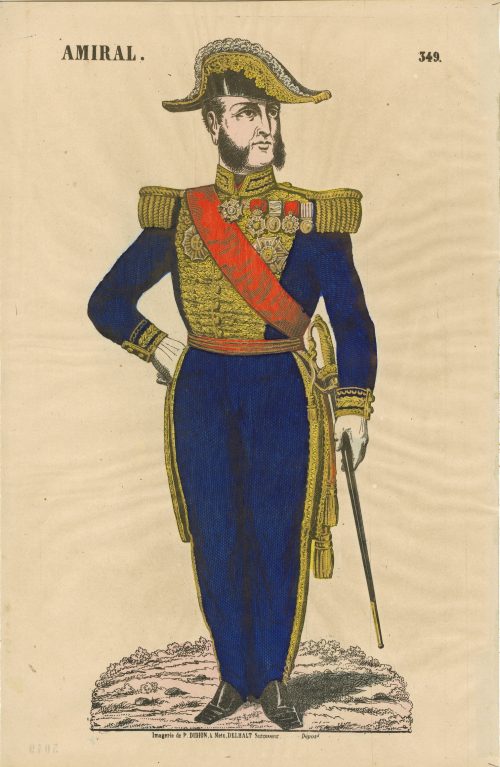
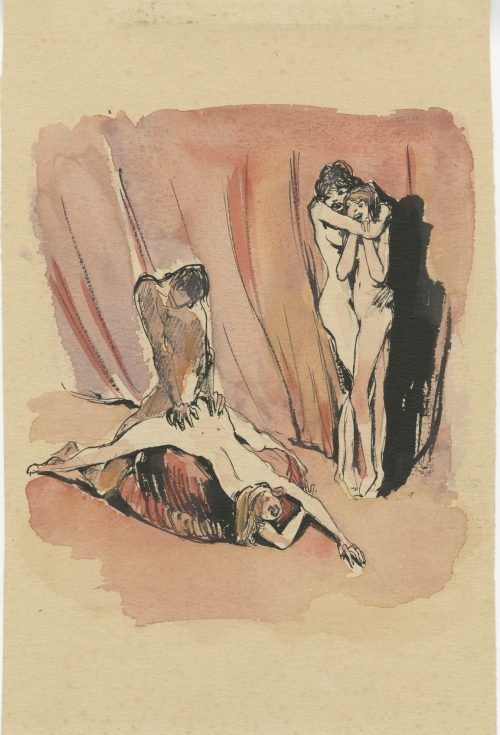
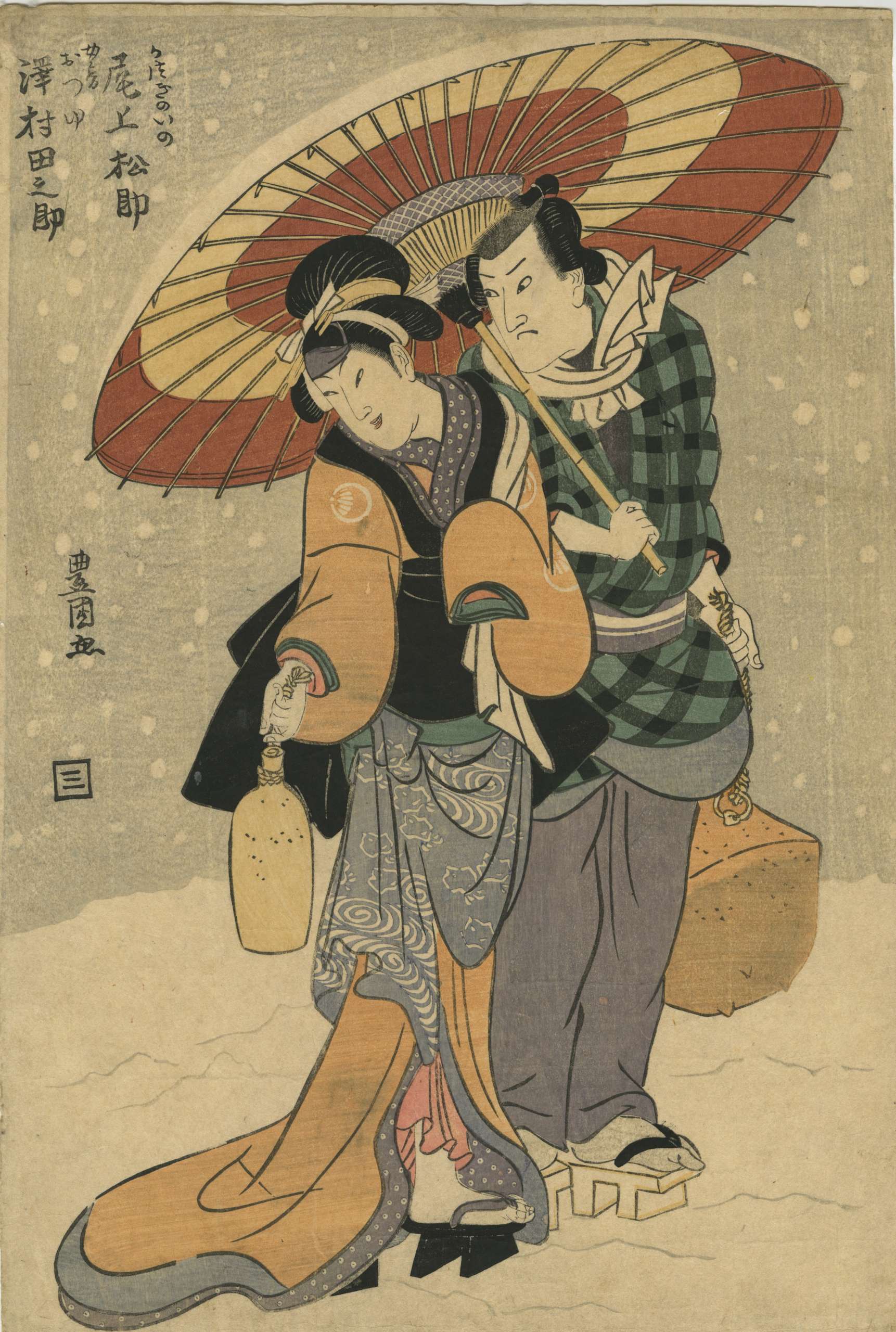

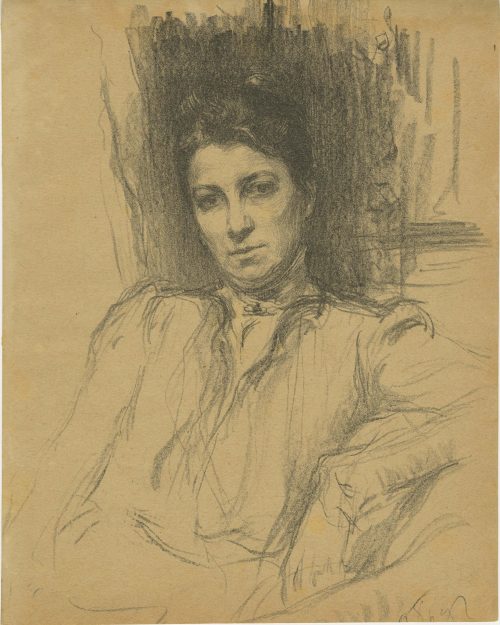

 Sano Jirōzaemon [佐野次郎左衛門] – provincial commoner who killed a famous
Sano Jirōzaemon [佐野次郎左衛門] – provincial commoner who killed a famous 

 One more example can be seen at the two upper images in Waseda University Cultural Resources Database, №
One more example can be seen at the two upper images in Waseda University Cultural Resources Database, № 
